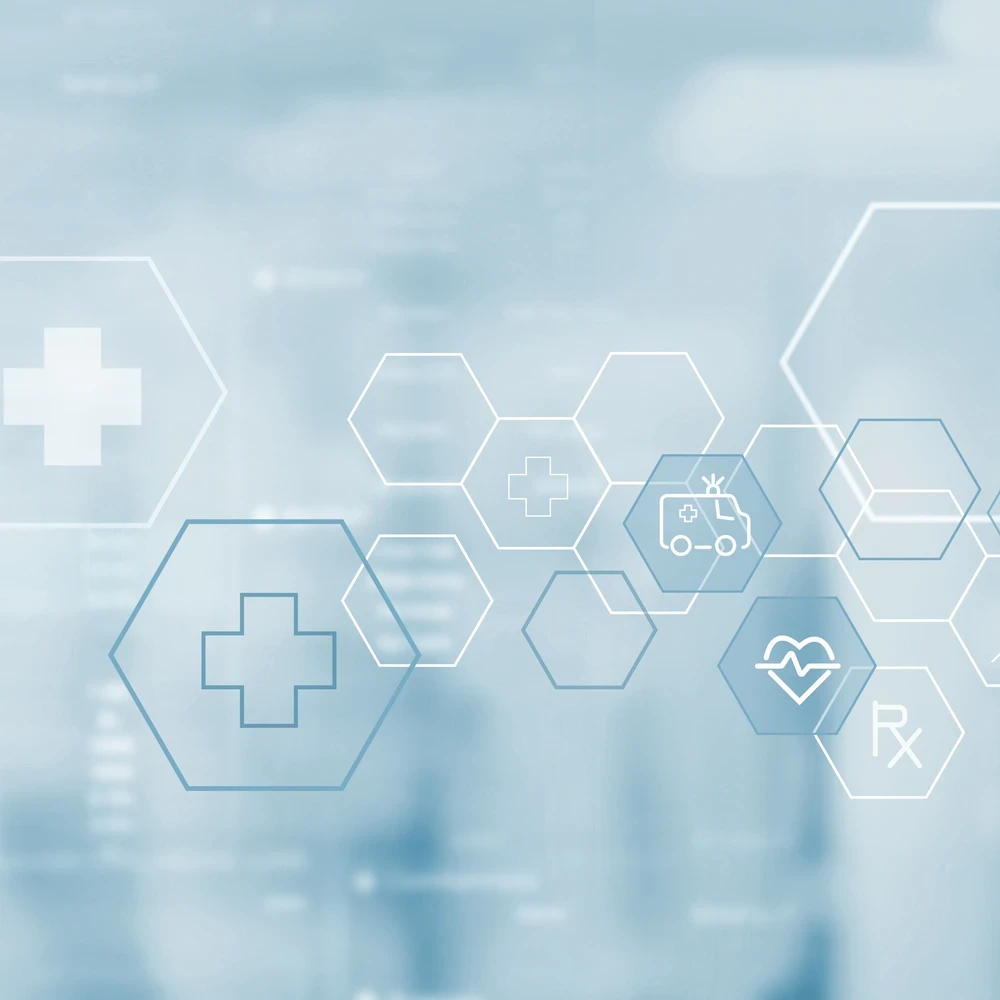How Pharmacovigilance Automation Solutions Can Help You Meet Tight Regulatory Reporting Timelines

Pharmacovigilance (PV) teams play a critical role in detecting, assessing, understanding, and preventing the unintended adverse effects of medications and treatments. Their work, which includes drug reaction monitoring, drug safety surveillance, side effect monitoring, spontaneous reporting, post-marketing surveillance, and more, is essential to ensuring patient safety.
To make matters even more complex, PV teams must adhere to the tight adverse event reporting timelines set by global and local health authorities to support the approval, continuance, and safe promotion of study treatments. These tight regulatory reporting timelines, combined with the increasing volume of global adverse event reports, issues with managing unstructured data, and concerns around compliance all serve as common pain points in the PV landscape. When you factor in the time-intensive and error-prone manual workflows that PV teams often utilize, it all becomes an administrative nightmare.
By leveraging pharmacovigilance automation and drug safety software, teams can meet tight regulatory timelines with ease, reduce administrative burden, save on costs, and improve safety overall. With this in mind, let’s examine five solutions that the right pharmacovigilance automation software can offer PV teams.
Data Auto-Labeling
As a first step in pharmacovigilance, HIPAA-compliant data must be accurately annotated and labeled. With the power of scalable automated pharmacovigilance software workflows, data can be automatically labeled across any content type. Once the data structure is accurate, it becomes useable for the other machine learning processes mentioned throughout this blog.
Case Triaging
PV teams receive an influx of multilingual adverse event reports that must be categorized and prioritized accordingly through the case triage process. By using automated pharmacovigilance software’s natural language processing capabilities to streamline data extraction and AI’s ability to convert unstructured data into structured data, teams can prioritize cases by severity in real time. Now, teams can save time getting cases to the right stakeholders. To take it a step further, pharmacovigilance and drug safety software incorporating machine translation can automatically process large volumes of documents in different languages, accelerating timelines for regulatory submissions.
Redaction
Before submitting documentation to health authorities, sensitive patient information must be redacted to ensure HIPAA and EU compliance. By automating the redaction process, PV teams can experience a 75% reduction in their regulatory reporting timelines, granting them more time to strengthen case quality, improve patient safety profiling, focus on compliance issue mitigation, and more.
Local Literature Monitoring
PV teams are often burdened by the manual effort involved in reviewing all published and unpublished literature on drug safety and adverse events. Pharmacovigilance automation in the local literature monitoring process helps teams crawl through various document types in seconds and quickly detect safety signals. With the right pharmacovigilance software, teams can tailor their search to local publication and keyword requirements in any language while also tracking activities automatically for audit and inspection readiness.
Safety Database and Reporting
Global health authorities require comprehensive safety information reports as a record of all actions taken in response to an adverse event. The right AI-powered pharmacovigilance software can support teams through this historically manual process by automatically authoring, reviewing, finalizing, and instantly distributing essential documents. By automatically maintaining a full audit trail and read receipts, teams can mitigate risk while accelerating the regulatory reporting submission process.
Conclusion
Adopting artificial intelligence (AI) in the life sciences industry presents unique applications to advance the pharmacovigilance field. By accelerating timelines and cutting costs while also ensuring compliance with automated PV software, teams can truly focus on keeping patients safe and supporting the development of life-saving drugs.
TransPerfect Life Sciences has developed automated pharmacovigilance and drug safety software to help teams meet the life sciences industry’s tight regulatory timelines. Reach out today to learn more.
